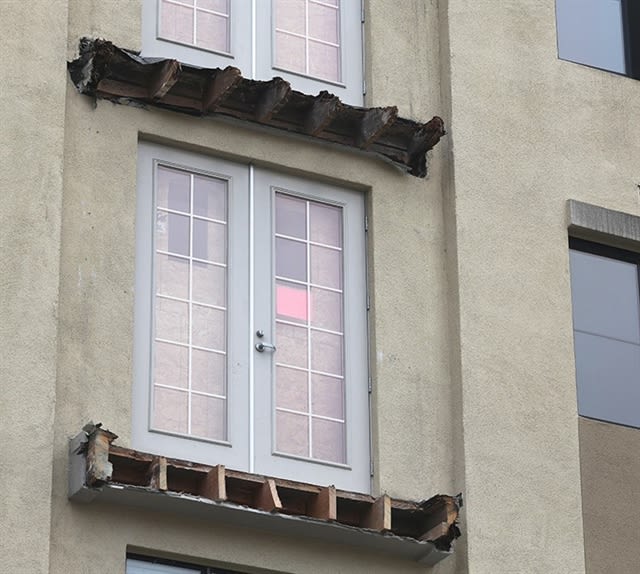capral
Industrial
- Mar 24, 2002
- 5
I am currently researching methods to recover a spent sodium hydroxide solution used to dissolve aluminium from extrusion dies.
We have two 900L tanks of 25% NaOH and one 900l rinse tank. When the aluminium concentration reaches about 20-30g/L, the spent solution is dumped (handled by independent disposal company). The pH of the spent solution is about 13.
I have been researching methods such as electrodialysis and the use of membranes but have not found much information in relation to recovery of spent caustic.
Our focus is on recovering the caustic so that it can be re-used - recovery of the aluminium is not a priority.
Chemical engineering is not my field so any help on this topic would be greatly appreciated.
thankyou
Jim
We have two 900L tanks of 25% NaOH and one 900l rinse tank. When the aluminium concentration reaches about 20-30g/L, the spent solution is dumped (handled by independent disposal company). The pH of the spent solution is about 13.
I have been researching methods such as electrodialysis and the use of membranes but have not found much information in relation to recovery of spent caustic.
Our focus is on recovering the caustic so that it can be re-used - recovery of the aluminium is not a priority.
Chemical engineering is not my field so any help on this topic would be greatly appreciated.
thankyou
Jim




